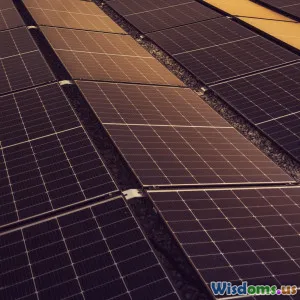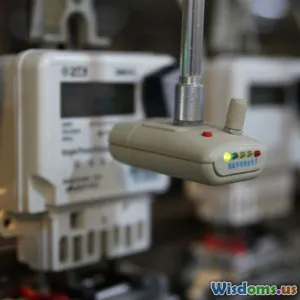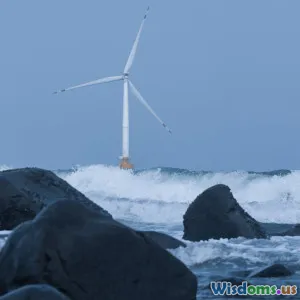
Can Offshore Wind Farms Replace Traditional Power Plants
16 min read Explore if offshore wind farms can effectively replace traditional power plants in modern energy systems. (0 Reviews)
Can Offshore Wind Farms Replace Traditional Power Plants?
As the world seeks cleaner, more resilient sources of energy, offshore wind farms are generating not just electricity, but also debate. Towering turbines rising from the oceans promise vast renewable power—yet can they truly stand in for aging coal, gas, and nuclear plants that have long anchored our energy grids? Let’s navigate the complexities, opportunities, and challenges of offshore wind as a replacement for traditional power generation.
Untapping Oceanic Power
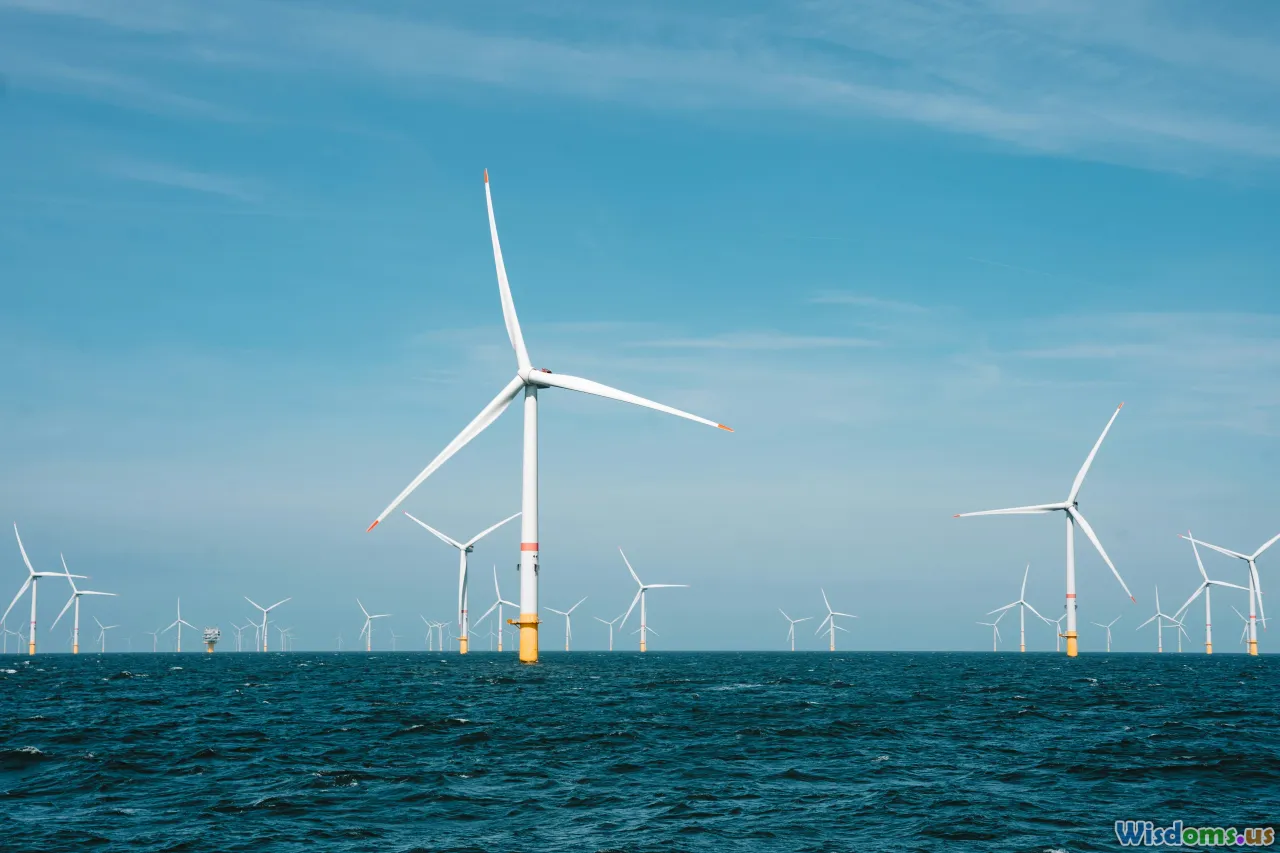
The idea of capturing wind energy at sea isn’t new. The world’s first offshore wind farm, Vindeby, launched off the coast of Denmark in 1991 with a modest capacity of under 5 megawatts (MW). Since then, technological leaps have unfurled a sea change. By 2023, offshore turbines reached individual capacities upwards of 15 MW each—enough to power thousands of homes with a single machine.
The allure is clear. At sea, winds are both stronger and more consistent than on land, maximizing electricity output. In the United Kingdom—the global leader in installed offshore wind capacity—farms like Hornsea Project One (operational since 2019) drive over 1.2 gigawatts (GW) each, comparable to the output of midsized nuclear or fossil fuel plants.
Fact: As of early 2024, China and Europe alone boast around 64 GW of offshore wind capacity, up from just 1.5 GW globally in 2010: a fortyfold surge in less than 15 years.
How Offshore Wind Stacks Up Against Conventional Power
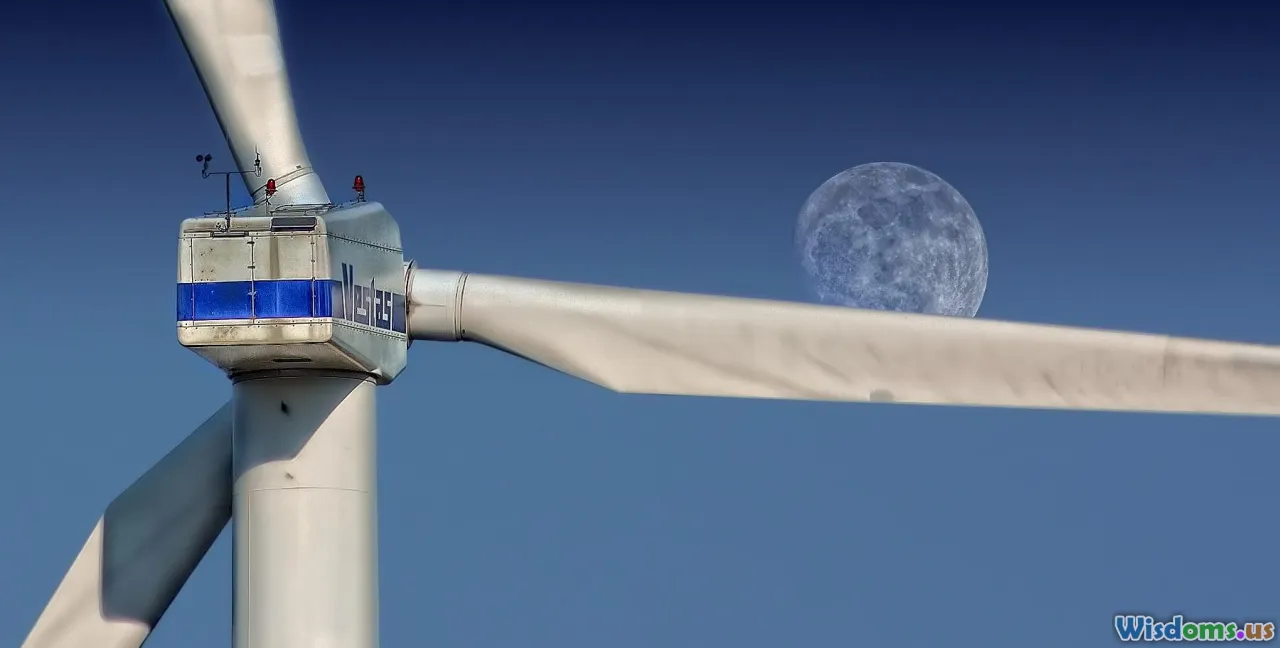
Energy Output and Consistency
Conventional fossil-fueled and nuclear power plants provide what utilities call dispatchable power: the ability to adjust supply swiftly in response to demand. Offshore wind, however, is intermittent, fluctuating with wind conditions. While capacity factors (the percentage of time a plant operates at full power) for modern offshore farms reach 45–60%, coal, natural gas, and nuclear can approach or exceed 90%. This can pose challenges for grid planners and operators.
Land and Resource Footprint
Offshore wind excels in resource use. Large fossil-fuel plants require not just land, but ongoing access to coal, gas, or uranium, plus infrastructure for water, fuel transport, and waste disposal. Wind turbines, meanwhile, can be spaced widely—leaving the ocean below them usable for fishing or shipping, and harnessing a virtually endless resource.
Example: Denmark, a leader in wind integration, generates over 50% of its power from wind (onshore and offshore combined)—with minimal new land take.
Environmental Impacts
While neither technology is impact-free, offshore wind dramatically reduces air and water pollution, eliminating greenhouse gas emissions from electricity production. Concerns remain regarding impacts on marine life, birds, fisheries, and shipping, but studies generally affirm less cumulative harm than fossil fuel extraction and combustion.
The Economics: Cost Trajectories and Incentives

Plummeting Prices
Offshore wind was once significantly more expensive than other forms of generation. High material, installation, and maintenance costs at sea kept it a niche solution for only the wealthiest nations.
However, costs have fallen over 60% since 2010 thanks to bigger turbines, serial manufacturing, and advanced installation methods. In 2023, contract prices in major markets fell as low as $60 per megawatt-hour—competitive with new-build gas or nuclear in some regions.
Market Expansion and Investment
Global investment in offshore wind soared to over $55 billion in 2023, supporting more than 8 GW in additional projects. Ambitious national targets in the U.S., EU, and China signal confidence that further scaling and innovation (such as floating turbines, described below) will drive costs even lower.
Supporting Policy
Incentives—feed-in tariffs, state auctions, tax credits—propelled early expansion. Now, declining costs and economies of scale enable competitive auctions without subsidies in some markets. For example, the 2022 UK allocation saw winning bids for capacity below wholesale electricity prices.
Still, enormous upfront capital expenditures and uncertain long-term revenue remain hurdles, especially in new markets. Transmission and connection to mainland grids also add costs seldom seen with onshore plants.
Innovations on the Horizon
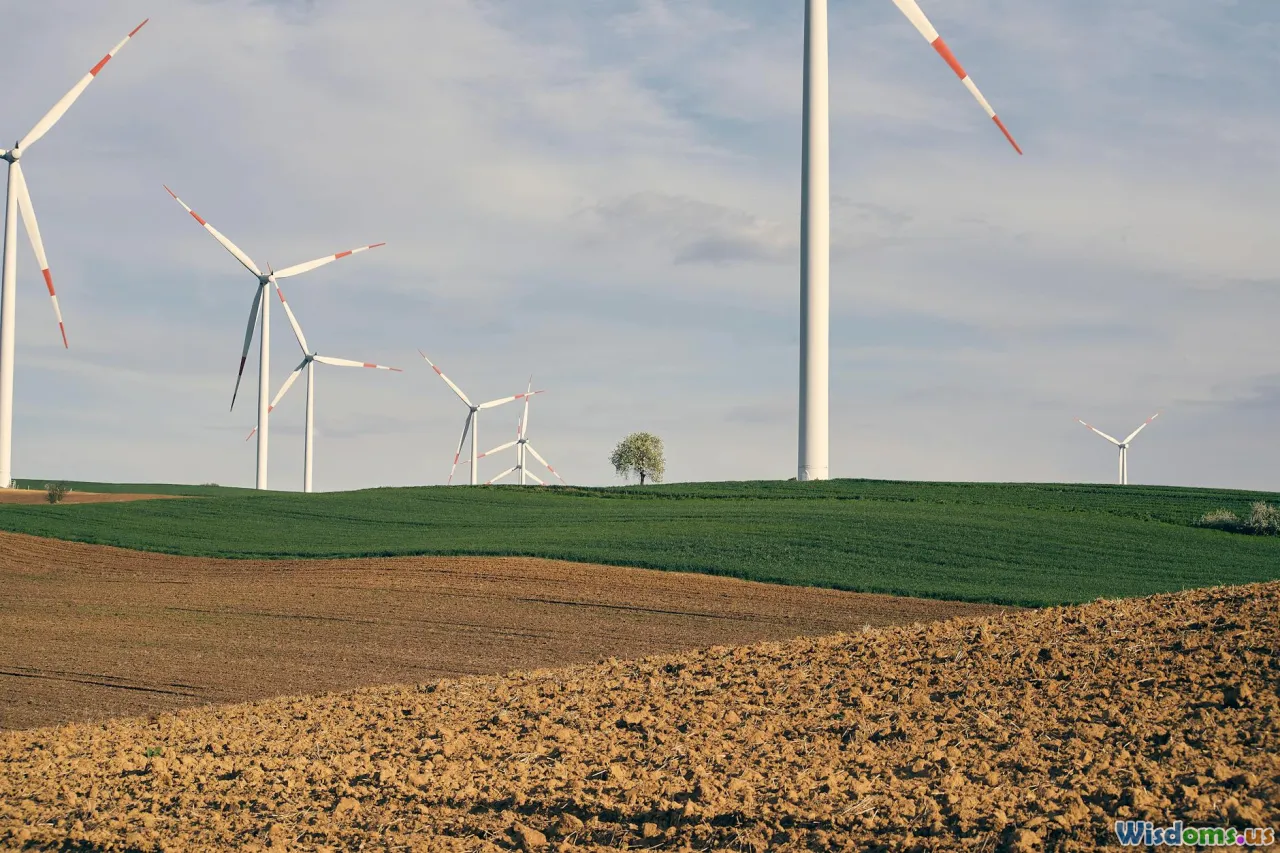
Floating Wind Technology
Fixed-bottom turbines dominate today’s offshore sector—they require relatively shallow waters (less than 60 meters depth). But 80% of global offshore wind resources are in deeper water. Floating turbines use moored platforms, unlocking vast new areas, including the U.S. West Coast and Mediterranean Sea.
Pilot projects in Scotland (HyWind) and Portugal (WindFloat Atlantic) are already delivering clean power. Scaling up to utility-sized farms could allow global offshore capacity to multiply many times over.
Energy Storage and Grid Integration
Even abundant offshore wind doesn’t solve the nighttime calm or seasonal lulls. National grids will need to ramp up battery storage, flexible demand, interconnections, and backup generation (often gas-fired, until large-scale storage matures). Innovations like green hydrogen, which stores wind energy as fuel, and demand-response (actively adjusting industrial or domestic consumption) are crucial to balance and stabilize renewable-rich grids.
Size and Scale
New turbines like Siemens Gamesa’s SG 14-236 DD have 236-meter diameters and produce up to 15 MW per unit—the height taller than the Eiffel Tower, harnessing more wind while limiting costs. With fewer, bigger turbines, offshore wind farms minimize maintenance and installation challenges.
Practical Barriers to Full Replacement
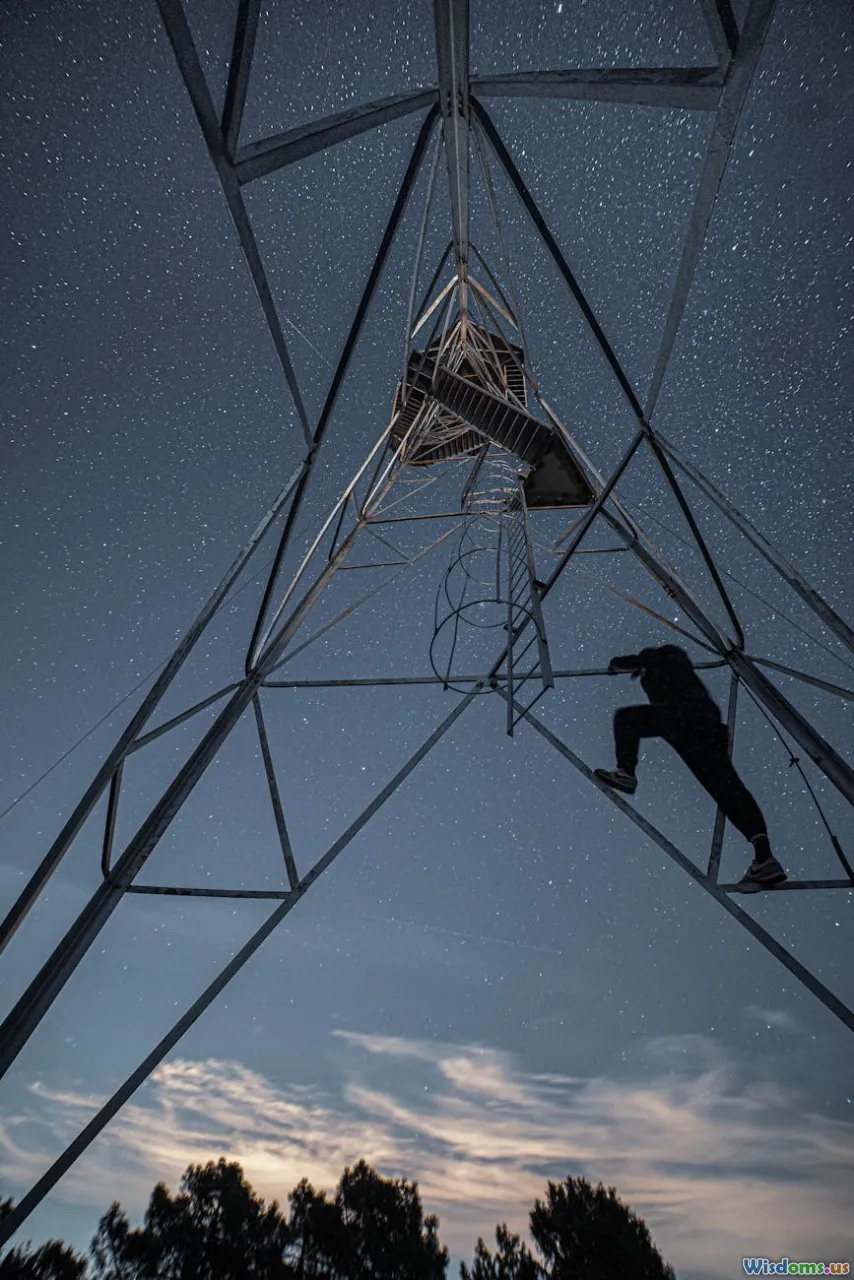
Intermittency and Reliability
A critical question: Can energy from offshore wind always be available when needed? Weather patterns—and periods of low wind known as doldrums—threaten reliability. Unlike gas or nuclear plants, you can’t throttle wind turbines up or down to follow demand spikes.
This risk can be alleviated by diversifying renewable sources (solar, hydro), broad geographic distribution of wind farms, larger transmission networks, storage, and demand management. But so long as zero-carbon grids require firm, dispatchable capacity, complete replacement of traditional plants remains a technological puzzle.
High Upfront Costs and Financing Complexity
Casino-sized investments—sometimes upwards of several billion dollars per new project—mean slow growth where private finance is wary or grids are less developed. Implementation also requires upgrades to ports, ships, and training to build and service offshore infrastructure.
Supply Chain and Workforce Adaptation
Building and deploying hundreds of megawatt-scale turbines far offshore tests manufacturing, logistics, and people-power. Europe and China have built industrial supply chains around wind; laggard nations need long-term industrial, logistical, and workforce planning.
Ecological and Social Considerations
Balancing development with marine protection and cultural values is essential. Engaging coastal communities, commercial fishers, and maritime industries early helps minimize conflict and sustain public support.
Regional Examples: Progress and Pitfalls

Europe: Trailblazing Integration
Europe leads in both scale and ambition. The UK’s target: 50 GW of offshore wind by 2030. Denmark plans energy islands connecting offshore wind clusters. Germany and the Netherlands fast-track massive "wind parks," integrating them with hydrogen production and inter-country transmission lines.
Integration is rarely seamless. Germany has faced grid bottlenecks—vast wind resources in the North Sea struggle to reach power-hungry industry in the south, illustrating the need for grid upgrades alongside wind farm expansion.
United States: Early Days, Rapid Growth
The U.S. trailed in implementation but surged forward with projects off Massachusetts (Vineyard Wind), New York (Empire Wind), and New Jersey (Ocean Wind). President Biden set a nationwide target of 30 GW of offshore wind by 2030. Here too, permitting delays, supply shortages, and cost inflation have complicated projects, but momentum continues as states vie to be industry leaders.
Asia: Scaling at Speed
China has deployed over 30 GW of offshore wind in under five years, spotlighting policy-driven scale and cost reduction. Taiwan, Japan, and South Korea all plan rapid build-outs.
All regions face similar hurdles: grid integration, supply chain readiness, and securing social license to operate.
The Grid Transformation Kit: What Makes Replacement Possible?
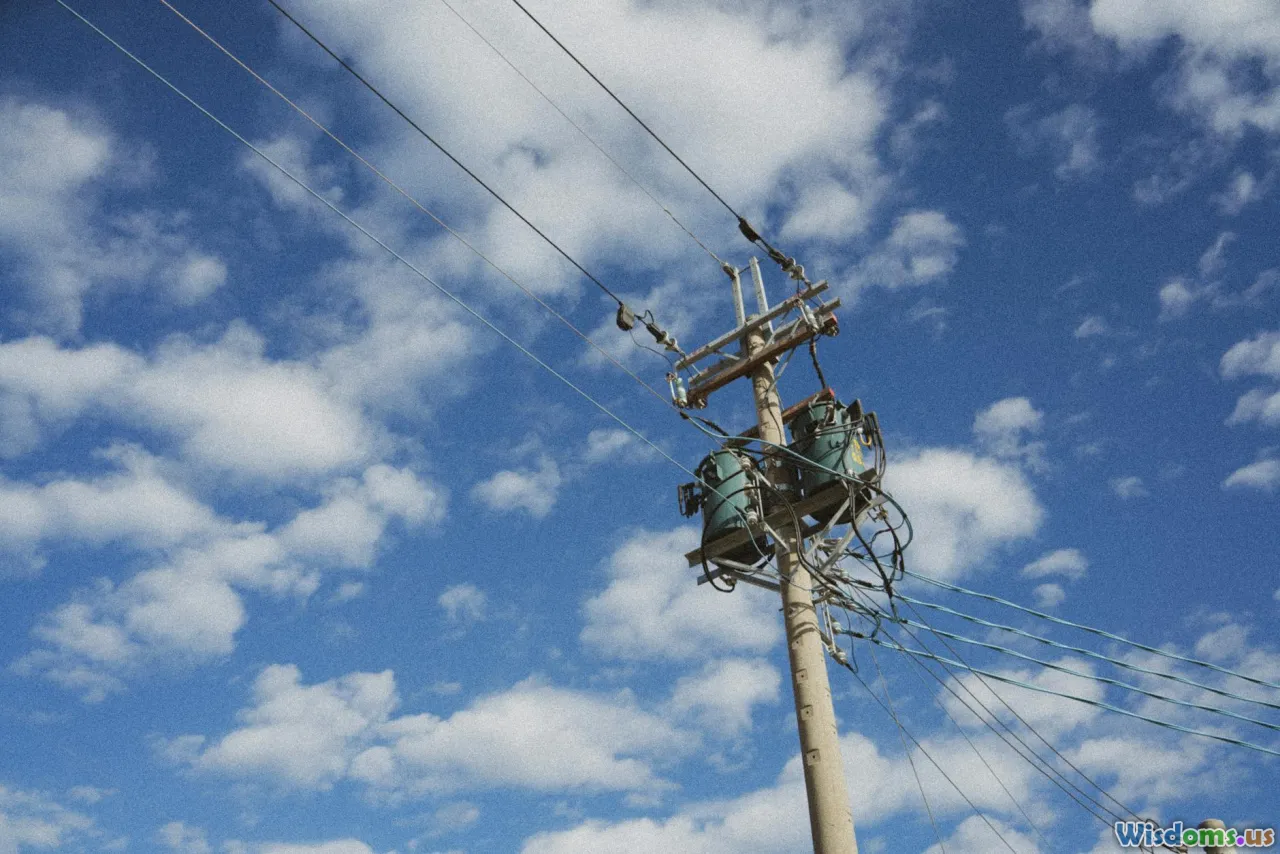
A robust path to offshore wind replacing traditional power plants—at least for a major share of supply—depends on four critical factors:
- Flexible grids and transmission: Upgraded, smart networks capable of absorbing variable offshore output and distributing it nationwide (or across borders).
- Long-duration storage: Grid-scale batteries, pumped hydro, or hydrogen, to time-shift surplus wind power and replace on-demand coal/gas generation.
- Integrated resource planning: Blending diverse renewables (solar, wind, hydro, geothermal) and demand flexibility orchestrated with real-time forecasting.
- Political and economic support: Clear government policy, market signals, stable incentives, and public buy-in for transformative infrastructure investment.
Case Study: The UK’s National Grid developed new balancing services specifically for renewables—like the "wind winter contingency"—to handle huge swings in wind output, supported by battery and gas reserves, reducing reliance on legacy coal plants.
Opportunities for Industry and Communities
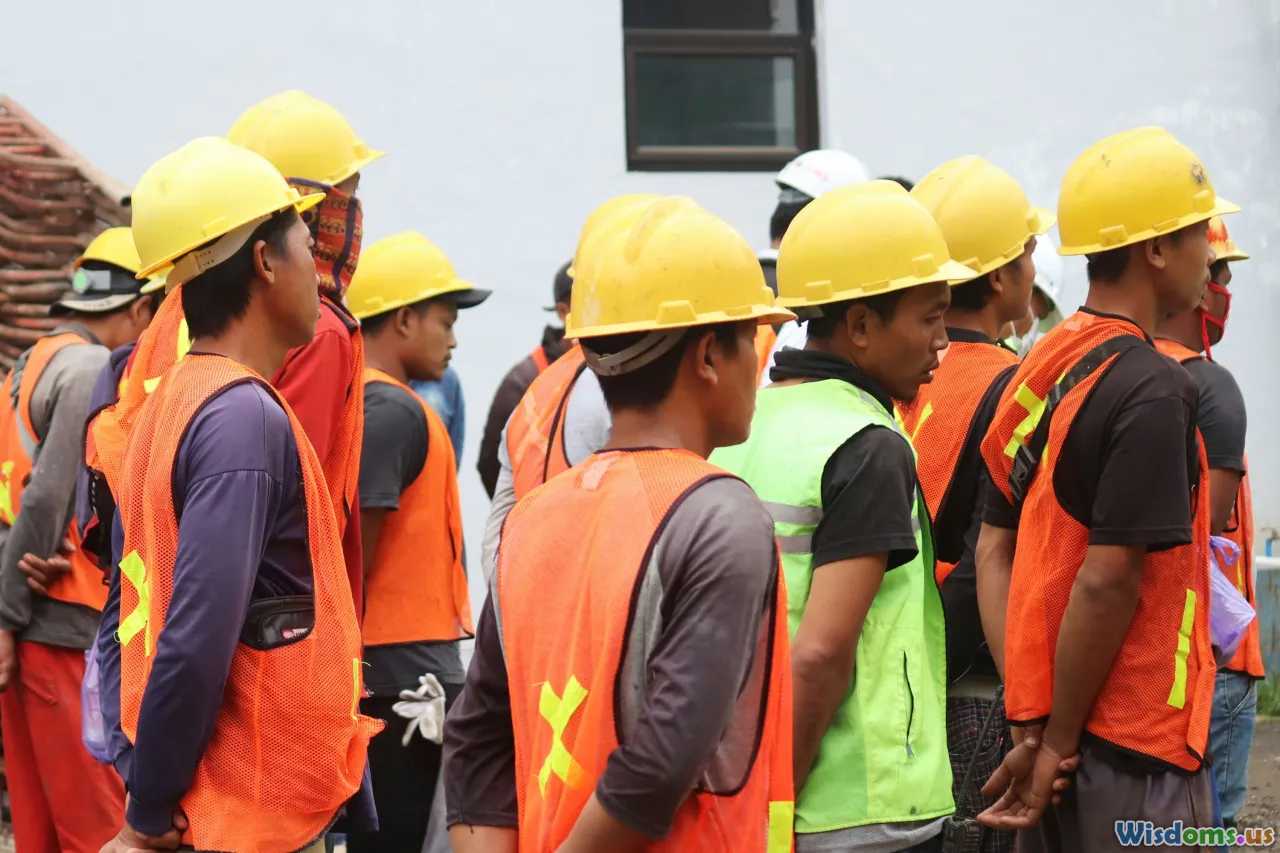
Offshore wind expansion is a job engine. Building, maintaining, and operating large-scale wind farms spurs port revitalization, manufacturing, specialized shipping, and environmental services.
In Scotland, companies retrained oil and gas engineers for the offshore renewable sector, smoothing the transition and preserving valuable skills. U.S. shipyards and ports are retooling to serve as home bases for turbine assembly and installation. New York’s "Sunrise Wind" project alone is forecast to create thousands of direct and indirect jobs, many in previously struggling coastal communities.
Community engagement is increasingly prioritized during project planning. Compensation arrangements, local employment guarantees, and fishing industry partnerships help maintain social acceptance for massive new infrastructure.
Strategic Pathways: Offshore Wind as Core—Not Sole—Solution
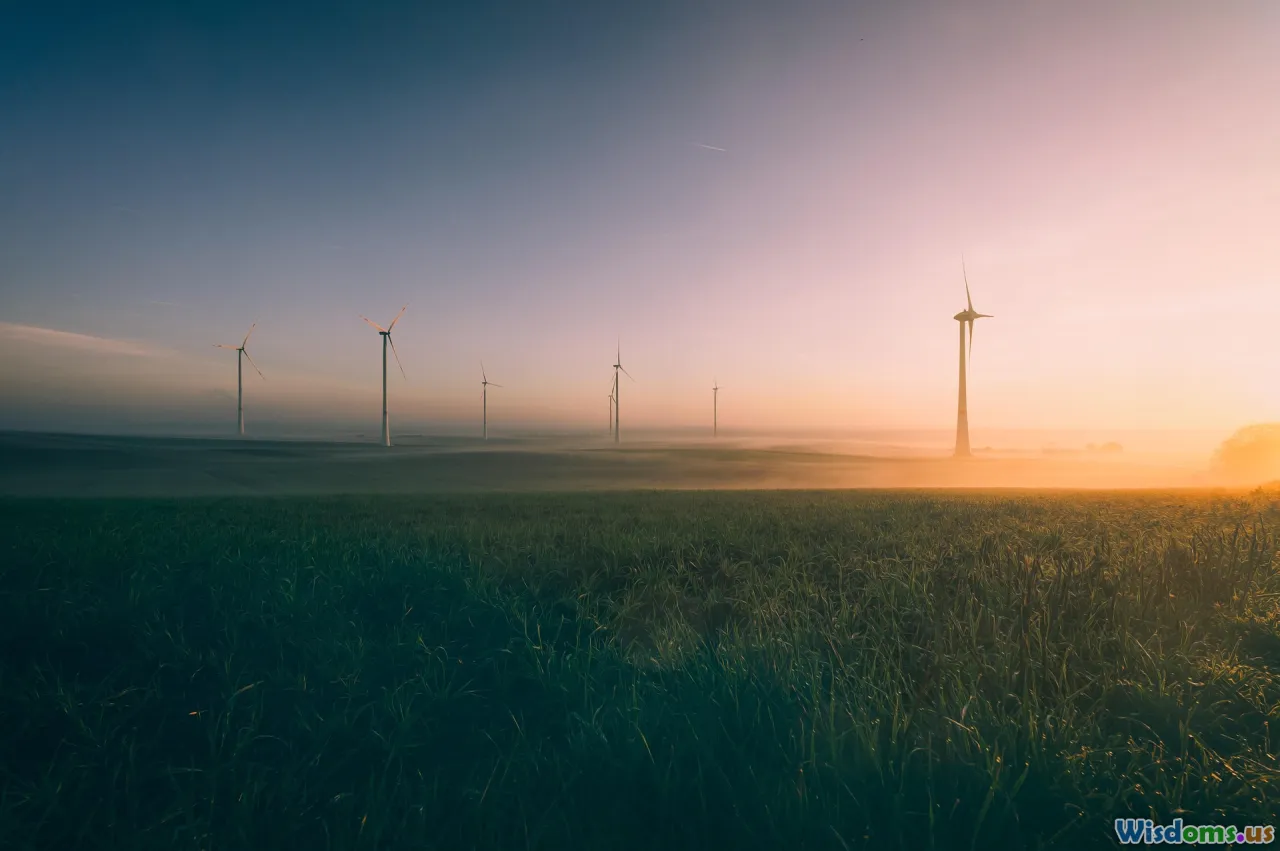
It’s tempting to imagine “silver bullet” solutions, but the future of electricity generation is likely to be both dynamic and diverse, rather than top-heavy on one source.
As grid storage matures, and digital infrastructure enables seamless integration, offshore wind can provide the backbone of a decarbonized, flexible electricity system—alongside solar, hydro, energy efficiency, and, in some regions, nuclear or geothermal. Complete, 100% replacement of dispatchable fossil fuel plants will take not only vast wind resources, but a holistic transformation of how grids are planned, built, and operated.
Actionable Advice for Policymakers and Industry:
- Pursue regional partnerships and cross-border connections to share and stabilize renewable output.
- Invest early in workforce training and community dialogue for equitable transition.
- Support research into advanced storage and flexible grid management solutions.
- Ensure strong marine spatial planning and robust ecological protections to minimize negative impacts.
Rising on still waters beyond the horizon, offshore wind farms symbolize a new era in energy. Their astonishing growth and technical innovation are transforming the world’s power markets. Replacing traditional power plants isn’t just about turbines or costs—it’s about whole-system thinking, harnessing human ingenuity on land and at sea. In a future built on clean energy, the wind’s potential is as vast as our vision.
Rate the Post
User Reviews
Popular Posts










